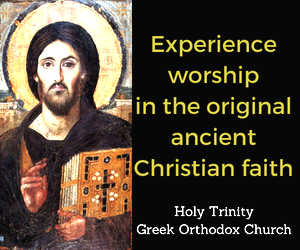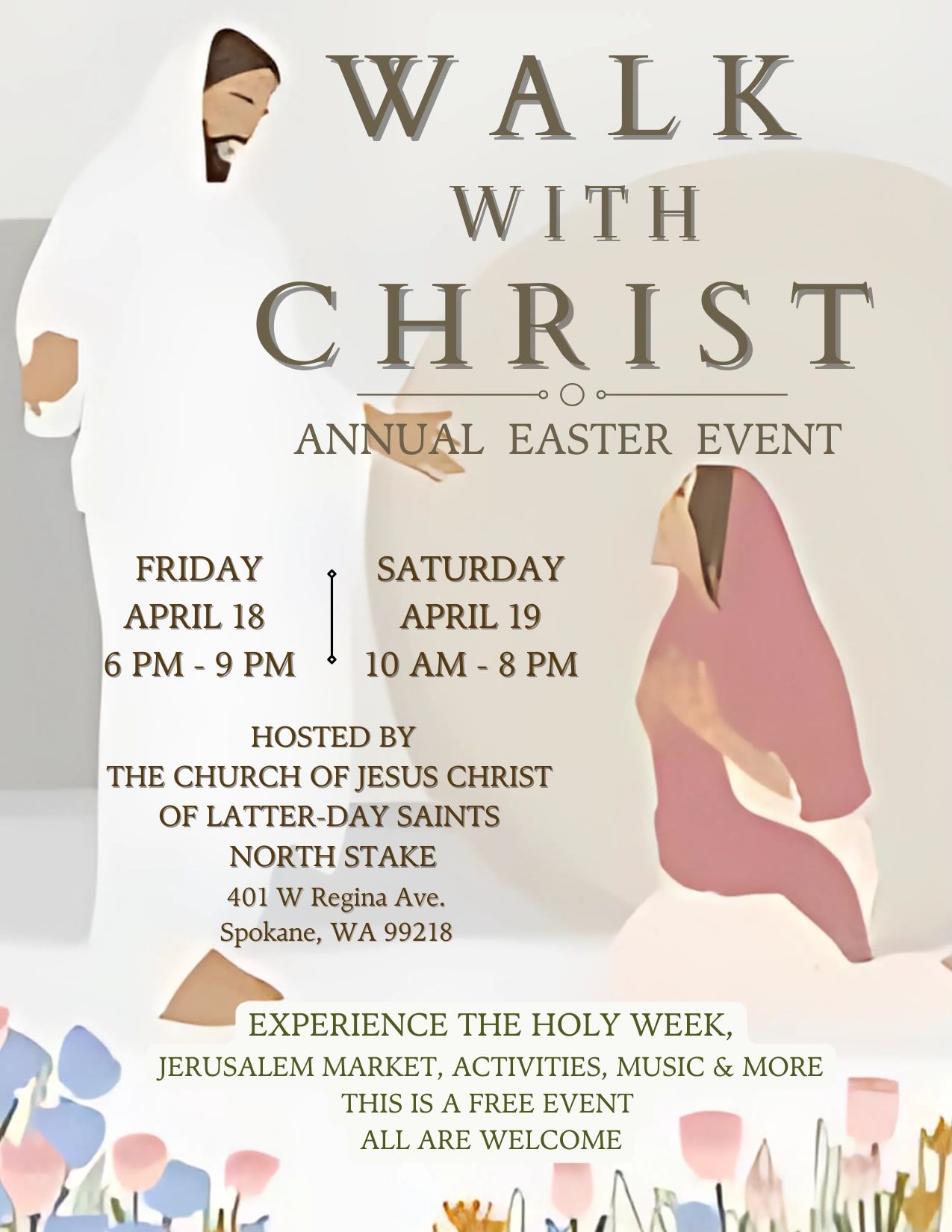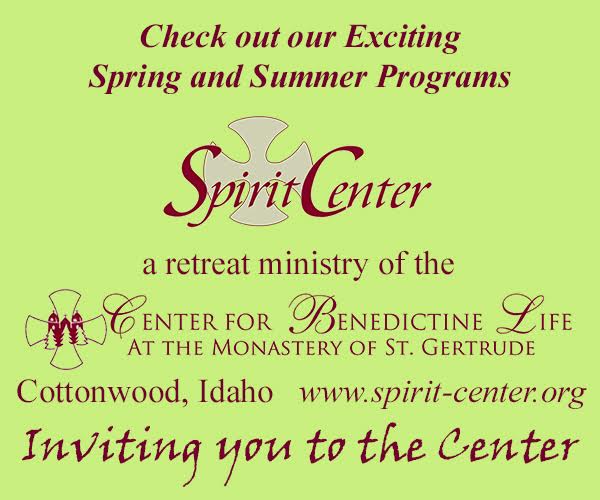On Jewish graves, you’ll find stones left on grave markers. We don’t typically use flowers at graveyards. Some argue it’s not right to mark one death by sacrificing the life of flowers. Instead we leave stones on the grave or tombstone when we visit. Flowers will whither and die. A stone, like the person’s soul and the impact of their life remains forever.
Stories about the origin of leaving stones range from superstitious to pragmatic. Today, however, my take on the matter is that stones aren’t left for the dead. Stones are left for the living.
The dead are gone. They’re not bothered by what’s on their tombstones. The living, however, take comfort both in leaving and seeing stones.
When we see stones on the grave markers of those we love, we take comfort in knowing others remember them as well. It’s a visual reminder to us that we are a part of a family and community and that those we loved and lost are as well.
We leave stones on graves to connect us to that person. It’s one way of telling the world that this person was important to us. It’s a way of proving that this person existed and they were in some way a part of us—we are connected to them even after death. Sometimes in death, we want even more desperately to feel connected to them. When they can’t speak up to claim us as their own, we need a symbol of that connection even more.
Sometimes, death leaves us without the words to adequately explain what that person meant to us. Sometimes death leaves us without the words to tell to the living how much we care or how very sorry we are for the loss. Leaving stones on tombstones is one way for us to express that. A stone marks that someone remembers, someone continues, and someone cares.
If everyone who reads and appreciates FāVS, helps fund it, we can provide more content like this. For as little as $5, you can support FāVS – and it only takes a minute. Thank you.
[give_form id=”53376″ show_title=”true” display_style=”button”]









